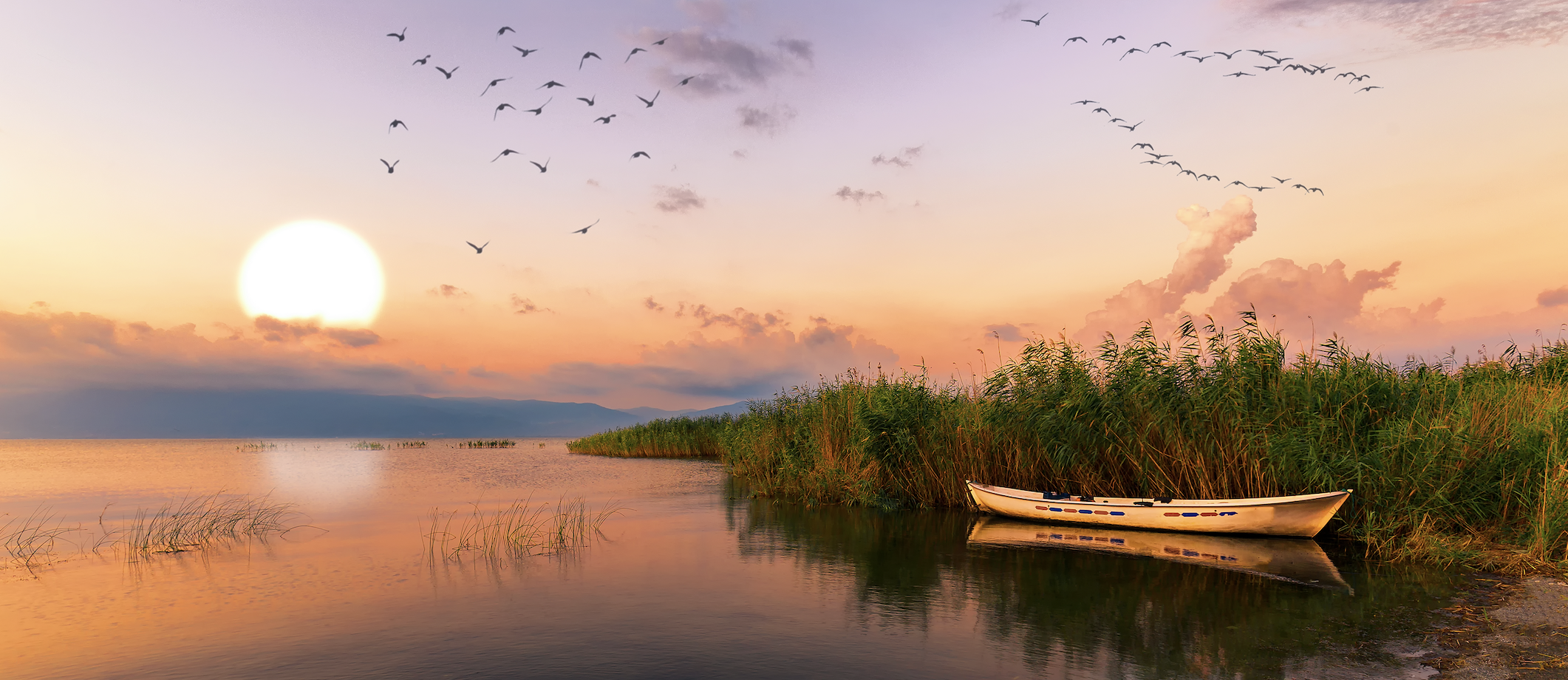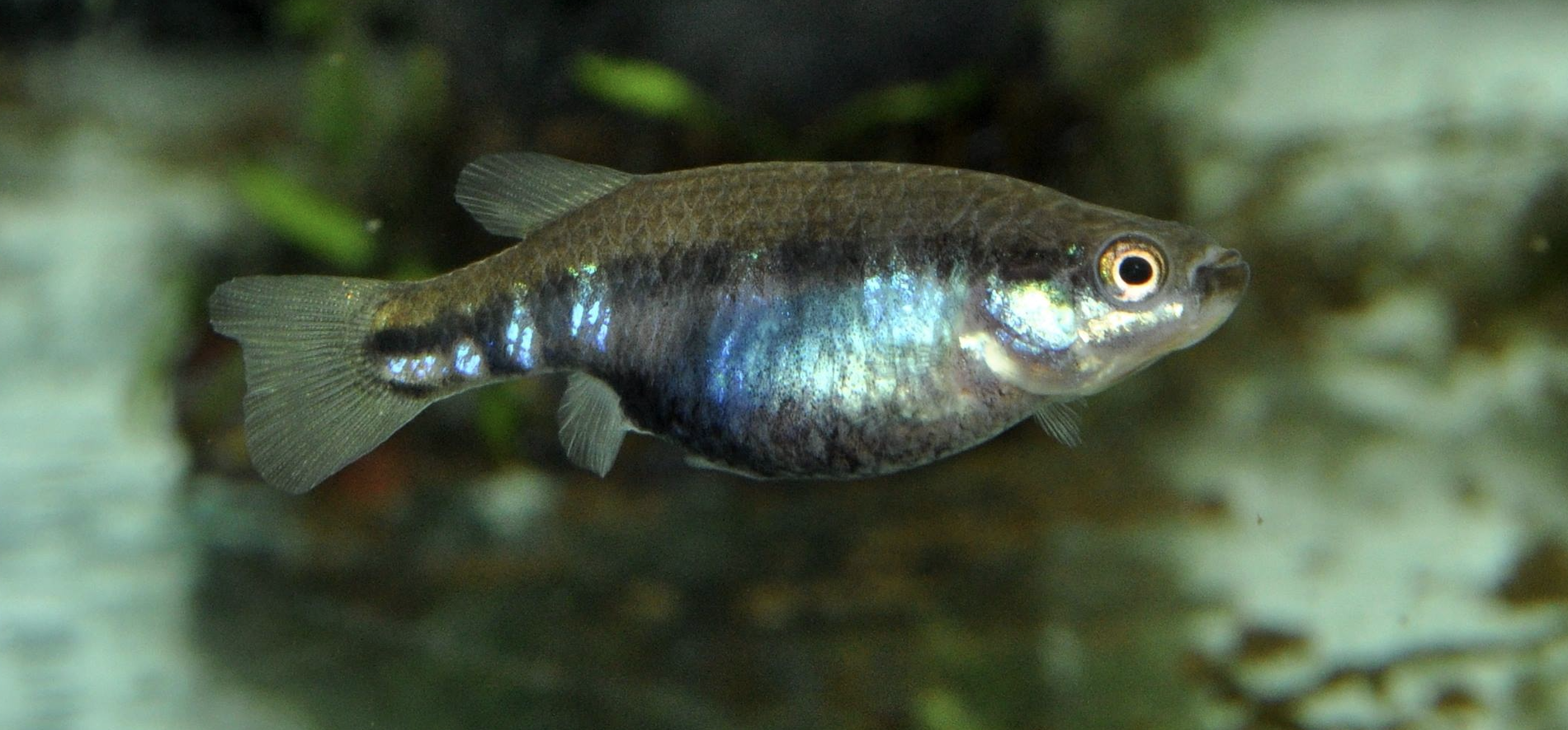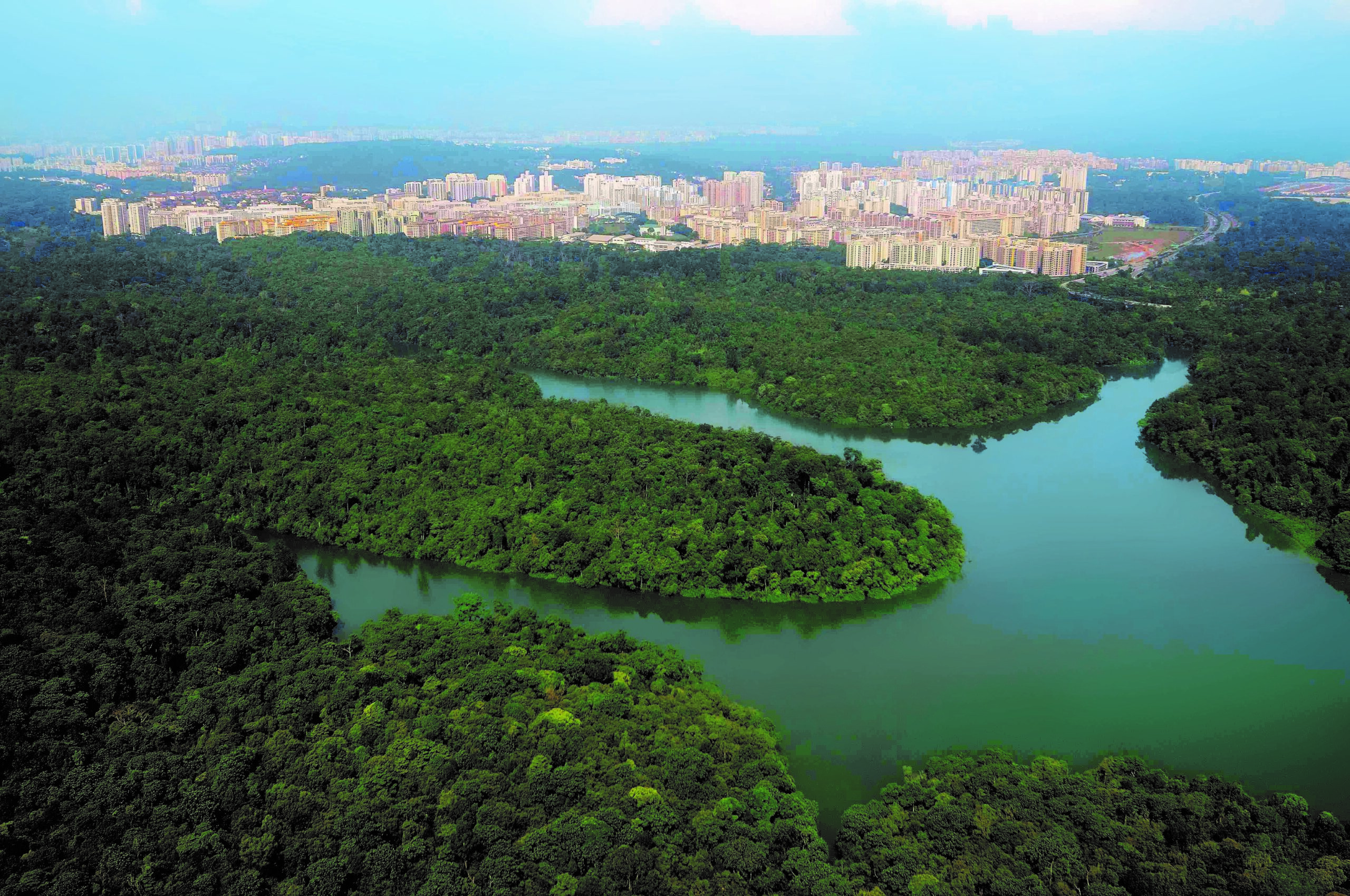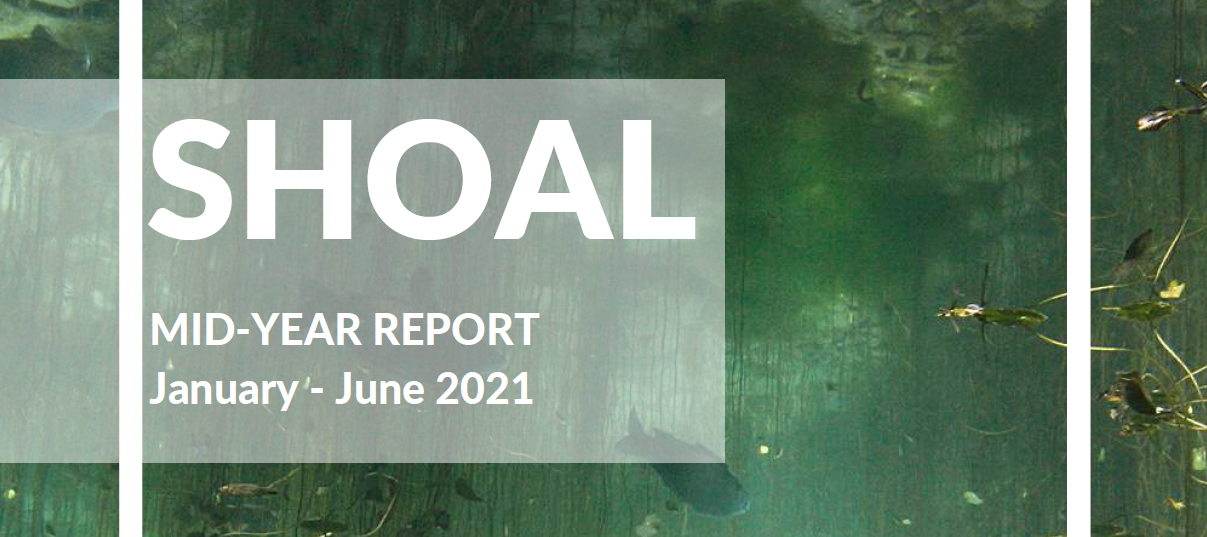© Shutterstock
The effects of COVID-19 on freshwaters
By Michael Edmondstone
Invasive species
Invasive species are considered to be one of the most significant drivers of freshwater biodiversity decline (Reid et al., 2019). COVID-19 has both changed the way that invasive species spread between regions and the way humans are able to control this spread.
On the one hand, a reduction in global trade and travel means there will be subsequent reductions in invasive species transport associated with pathways such as air transportation, the movement of fresh foods, and recreational activities (Hulme, 2009; Early et al., 2016).
On the flipside of this, however, the authors say ‘it seems likely that human-related pathways of species introductions may actually accelerate the pace of invasions’.
There has also been ‘significant budget reductions for controlling the spread of invasive fishes from intentional introductions, aquaculture releases, and unintentional transport. For example, a US$8 million project aimed at stopping the spread of invasive Asian carp in Michigan, USA, was vetoed in order to support the state’s response to COVID-19 instead (Boomgaard, 2020)’.
Furthermore, community science programs have largely ceased in response to COVID-19 because of lockdown restrictions, reducing the ability to notice new or track existing invasive species.
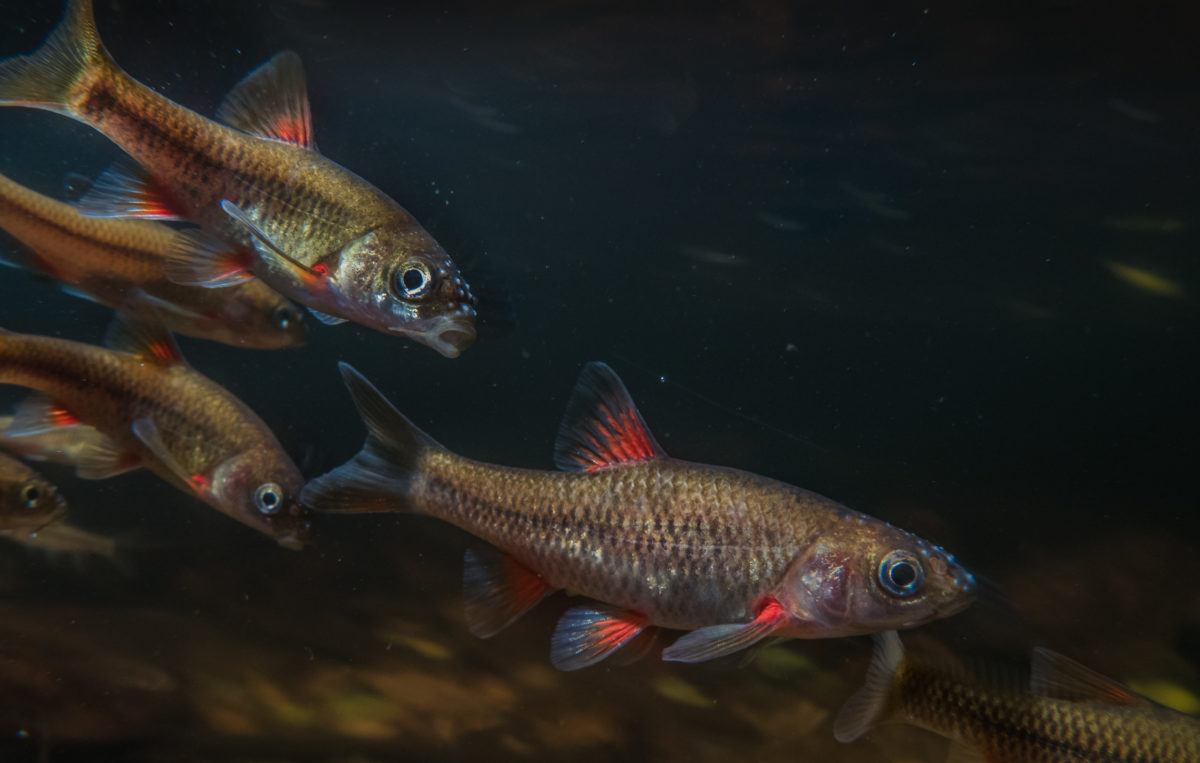
© Jeremy Shelton
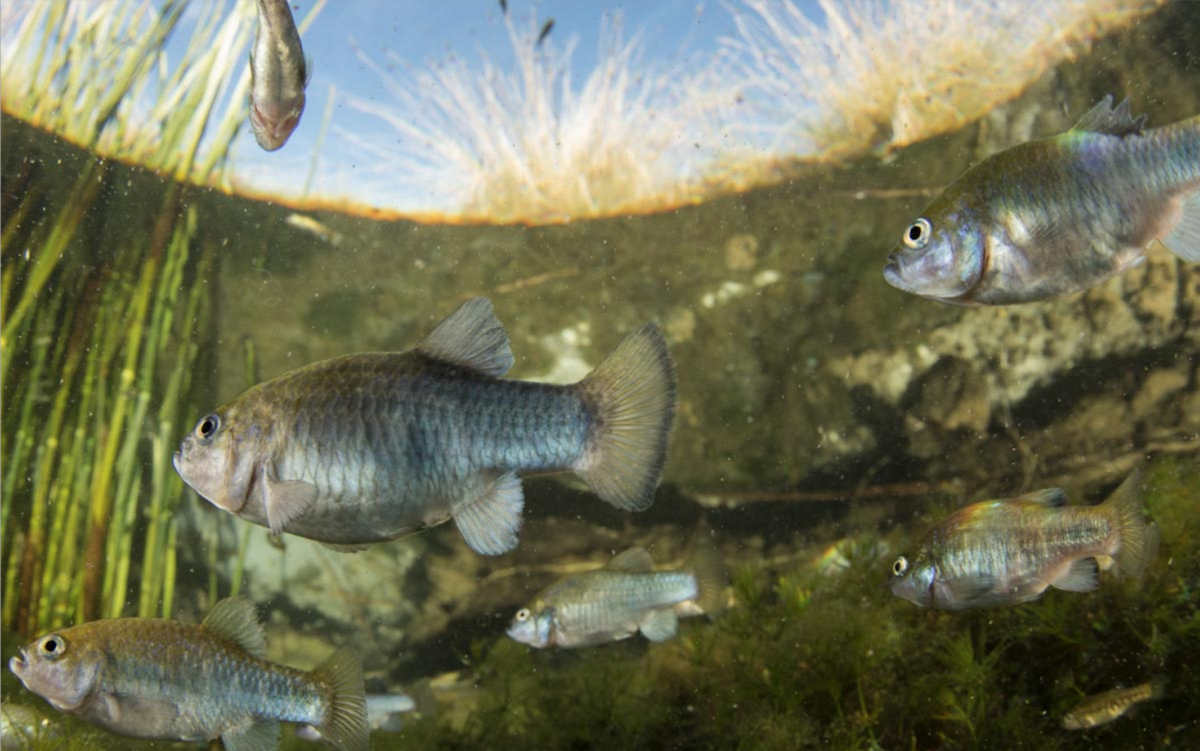
© Freshwaters Illustrated
Pollution
Dramatic reductions in industrial pollution has led to cleaner rivers around the world. For instance, ‘temporary closures of many industries have potentially reduced discharge of nutrients, heavy metals, and other chemicals to water bodies and reduced emissions to the atmosphere (Chow, 2020). Reduced nitrogen dioxide concentrations observed over Eastern China, Europe, the Northeastern United States, and India have been used as indicators of temporary recovery of urban surface water quality that runs off into waterways (Hallema et al., 2020)’.
However, ‘the pandemic has also increased pollution impacts on freshwater fishes. In the UK, disruption to food supply chains has led to dumping wasted food and drink, such as milk, which has entered waterbodies, potentially depleting oxygen levels through eutrophication (Ends report, 2020; Salmon and Trout Conservation, 2020). Elsewhere, altered sewage pollution patterns or collapse of the sewage systems could be a major detriment to aquatic biodiversity (Herbig, 2019; Tortajada and Biswas, 2020). Increased use of disinfectants (e.g., hand sanitizers, cleaning products) has likely increased their presence in freshwater systems through runoff and wastewater discharge (Zhang et al., 2020). In addition, heightened concern for hygiene and disease spread has increased pollution associated with packaging and personal protection equipment (Roberts et al., 2020, Van Reenen, 2020; Aragaw, 2020). Moreover, as single-use plastics are a key source of microplastics in fresh waters (Li et al., 2020), such actions will likely contribute to more plastic pollution entering waterways’.
Climate Change
In the short-term, ‘global travel restrictions and reduced industrial activity have dramatically decreased fossil fuel consumption worldwide (Gössling et al., 2020), resulting in a temporary reduction in CO2 emissions during lockdown (average reduction of 26%, Le Quéré et al., 2020)’.
According to the authors, ‘The timescale of these reductions is likely too short to affect long-term climate change trends or freshwater habitat conditions, yet these temporary shifts could translate to longer term change depending on societal responses, i.e., whether economic recovery efforts follow a return to ‘business as usual,’ or embrace the implementation of new climate policies that drive further reductions in energy use and shifts to clean energy. A shift towards working from home could be a significant longer-term change that reduces emissions (Hern, 2020)’.
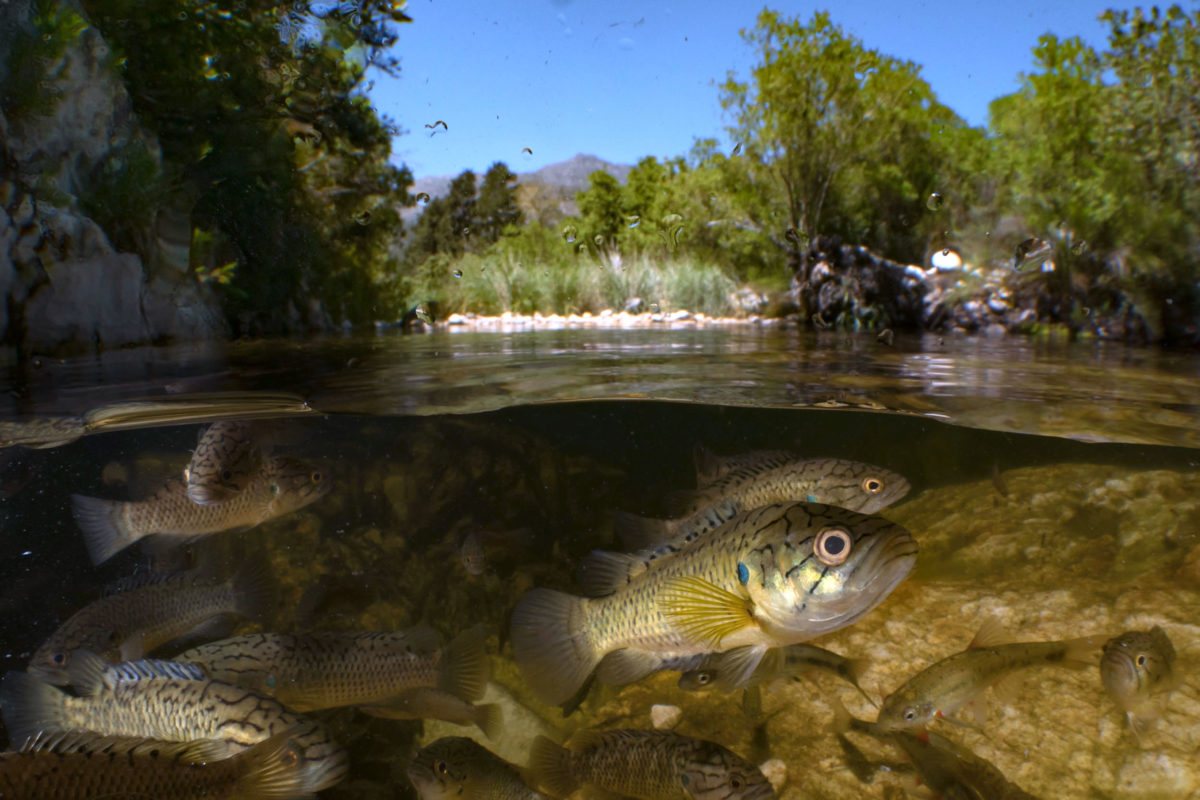
© Jeremy Shelton
Fragmentation
The paper states that, ‘Fragmentation of freshwater systems is a major threat to freshwater biodiversity, particularly migratory fishes (Dudgeon et al., 2006; Nilsson et al., 2005). The construction of dams is currently the greatest source of increased fragmentation in freshwater ecosystems as free-flowing rivers are obstructed (Zarfl et al., 2015). The slowdown of industrial development and construction activities during the pandemic has also slowed hydropower projects, particularly in Asia (Bangladesh, China, Nepal, Indonesia, India and Myanmar; Cox, 2020), and temporarily suspended further fragmentation of freshwater ecosystems. How long this will persist is unknown, given global changes in energy demand due to COVID-19.’
‘However, as regions prioritise economic recovery post-pandemic, there is evidence that environmental legislation and assessment processes are being side-stepped (Diele-Viegas and Pereira, 2020; Canadian Environmental Law Association, 2020). It is possible proponents of development projects will attempt to take advantage of a swamped news-cycle, decreased environmental assessment capacity, and a need for economic growth following the lockdown to push forward controversial projects. For example, the Government of India is considering a controversial 3097 MW dam (Dibang Valley Hydropower project) in the Himalayan Biodiversity Hotspot (Chandrashekhar, 2020). While many regions of the world are building dams, other regions are removing them (Ding et al., 2019) or constructing fishways to provide passage over such barriers. Funding for such restoration projects may be restricted or diverted during the economic recession to benefit human health and employment security (discussed in Corlett et al., 2020), but to the detriment of river fishes.’
Habitat Loss
There are many examples where habitats and ecosystems have suffered greater damage than usual during COVID-19. For example, ‘in India, sand mining, an emerging threat to freshwater ecosystems (Koehnken et al., 2020), increased due to reduced enforcement mechanisms (Kannan, 2020)’. And in the Amazon, ‘deforestation rates increased by 55% from January to April 2020, compared with the same period in 2019 (Brown, 2020) due to reduced enforcement (Schwartz et al., 2020). This is intensifying pressures on the already vulnerable freshwater ecosystems of the region (Castello et al., 2013).’
Exploitation
Overexploitation of freshwater fishes is another major driver of freshwater biodiversity loss (Reid et al., 2019 and references therein).
Over the short-term, impacts of COVID-19 are likely to affect different areas in different ways, with some fish species benefitting, and others being compromised. But over the long-term, ‘the impacts of COVID-19 can be expected to amplify exploitation and unsustainable fishing practices.’
‘Job losses in urban areas and the return of migrant workers to their rural homes (Mukhra et al., 2020) will increase fishing effort and may lead to fishing practices that will impact negatively on imperilled fishes, such as the Critically Endangered hump-backed mahseer (Tor remadevii; Pinder et al., 2020). This is coupled with evidence of increased illegal fishing activities because of reduced surveillance and enforcement activities.’
‘Increased effort and exploitation have also been documented in many recreational fisheries around the world as many people have sought outdoor spaces while under lockdown and many countries have incentivized recreational fishing as a socially-distanced activity (e.g., free fishing days). Many areas are seeing an increase in the sales of fishing licenses relative to the same periods in 2019, including Texas, USA (39% increase; CBS Local, 2020), Vermont, USA (resident license have increased 50%, Gribkoff and Trombly, 2020), England (increase of 120% in rod licenses; Cuff, 2020), among many other fisheries worldwide. In some areas, restrictions have affected international travel for recreational fishing and related tourism (Gössling et al., 2020), which is likely to reduce local income and compromise co-management agreements aimed at maintaining high abundances of large-bodied freshwater fishes for recreational anglers. Examples include conservancies for tigerfish (Hydrocynus vittatus) in Namibia (Cooke et al., 2016), Arapaima spp. in Guyana (Lynch et al., 2016b), and mahseer (Tor spp.) in India (Pinder and Raghavan, 2013).’
Conclusion
The paper concludes that in ‘one to two years from now, we anticipate freshwater biodiversity at the global scale will be in a similar or improved condition relative to if the pandemic had not occurred. Improvements to freshwater habitat quality resulting from the global ‘pause’ in economic development and declines in human disturbance, adapted fishing activities, and reduced pollution all have the potential to benefit fish populations (Rutz et al., 2020). However, the relatively short-time scale of the lock-down period means freshwater fishes are unlikely to exhibit substantial long-term changes.’
But over a longer time-scale – five years or more – ‘the future state of freshwater fisheries is very likely to be worse than if the pandemic had not occurred.’ It is likely that an ‘eagerness to return to economic growth may lead to a rebounding period that ultimately accelerates and compounds threats to freshwater fishes existing prior to the pandemic. This dynamic may play out to a greater extent in developing regions because of increased prevalence of food insecurity caused by the pandemic.’
In light of the World’s Forgotten Fishes report released by Shoal, WWF and other leading conservation organisations, it is now crucial to ramp up the messaging to encourage policymakers to show ambitious leadership in saving the threatened freshwaters around the world.

